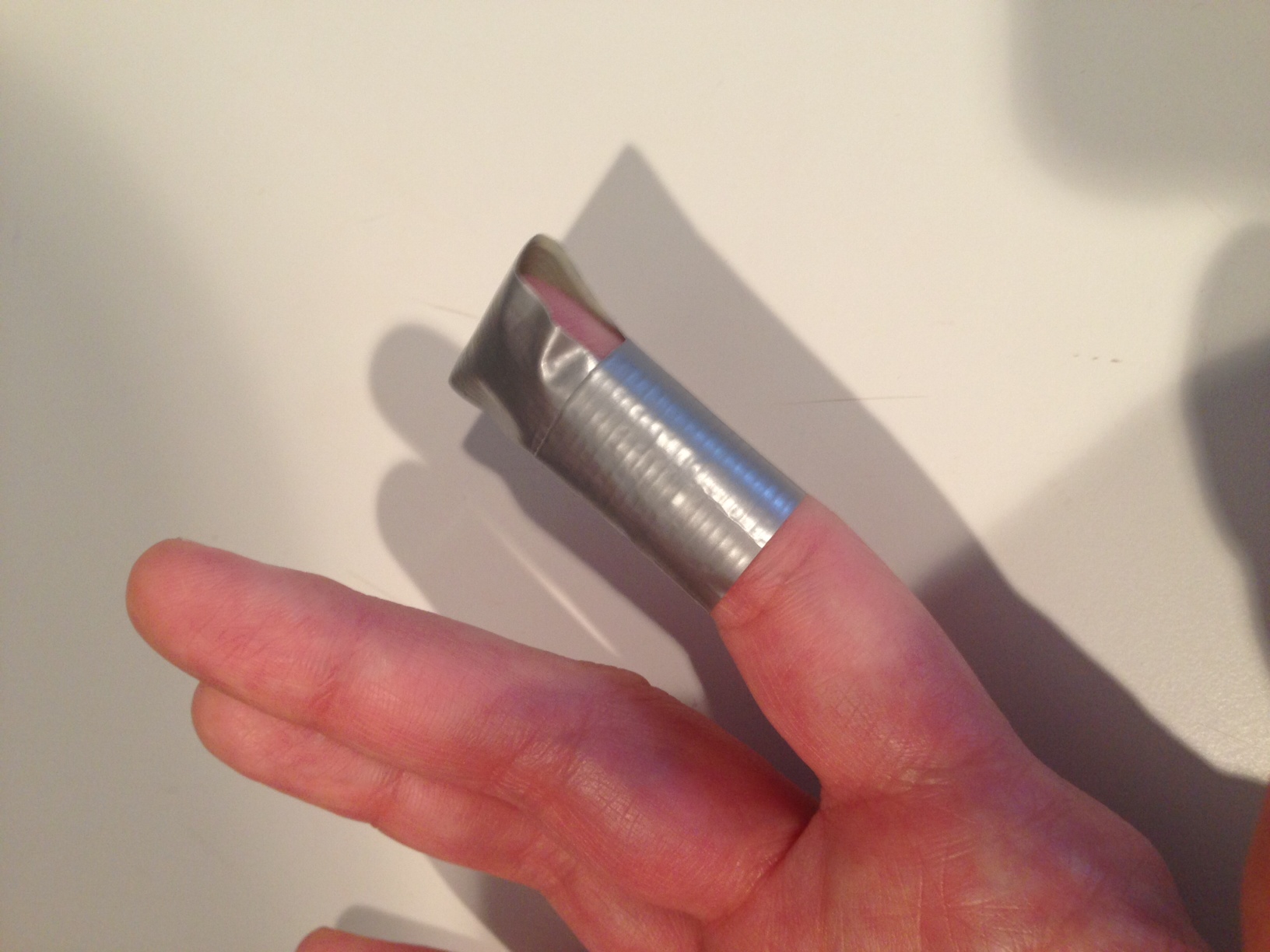What Are The Treatments For Common Warts? - Home Remedies and Treatments at the Doctor's Office.
On May 1, 2013
-
Keypoint Tweet @CentralSkin: Duct tape treatments and other remedies for common warts!
-
What are the key considerations to wart treatment? Warts are a very common problem that many of our readers have dealt with throughout their childhoods and maybe into their adult life. To get caught up on the basic facts about common warts, please read our previous article, "What Causes Common Warts - The basics of common wart infection, susceptibility factors, and transmission." One of the most important things to think about before initiating wart treatment is that most warts regress spontaneously, especially in children. The next decision to make is whether to initiate treatment at home or go into the dermatologist's office. While we usually don't recommend self-diagnosis of skin conditions and initiation of home treatments prior to seeing a dermatologist, warts may be an exception due to their common and benign nature. As such, we will list some home therapies first and then inform you about some options which your dermatologist has to offer.
-
Home Therapy: Duct Tape Occlusion TherapyExample of proper placement of duct tape for duct tape occlusion therapy
-
This therapy works best for common warts around the fingertips or toes. Although some studies show that duct tape therapy is effective, other studies failed to show any efficacy of this common wart treatment. Nonetheless, since this home remedy is painless and inexpensive, it may be worth a try. Here is how it works:
-
Cut electrical (duct) tape into 1 inch strips.
-
Cover the affected wart with two strips of duct tape (one horizontally, one vertically), as shown in the image on the right. Try to form an airtight seal.
-
Leave the tape on for 6 days and then remove it for half a day. Wait another 6 days before reapplying the tape. Make sure to wear the duct tape on your finger at all times, including bathing.
-
Repeat this cycle of 6 days on and 6 days off for several weeks and monitor for the wart to become smaller, softer, and hopefully eventually disappear.
-
-
- Home Therapy: Salicylic Acid Treatment
- Salicylic acid is an agent that peels the skin, induces inflammation, and exfoliates the built up (hyperkeratotic) layers of skin on top of warts. Human papillomaviruses, the viral cause of common warts, promote a buildup of skin around them as protection from the environment and the host immune system. Topical salicylic acid treatment exposes HPV to the environment and facilitates its eradication.
- Multiple over-the-counter salicylic acid treatments are available, including Compound W gel and solution and Duofilm gel, patch, and solution.
- Before applying the salicylic acid treatments, hydrate the affected skin by soaking it with water for 5 minutes and then dry the skin thoroughly.
- Apply the individual agent as instructed on the label. If using a liquid solution, make sure to protect the unaffected skin by surrounding the wart area with petroleum jelly.
- Pros and Cons: While this treatment is relatively painless and nonscarring, it may be very time consuming and produce a very slow response.
- Doctor's Office Therapy: What does your dermatologist have to offer for warts?
- If you are finding home wart treatment ineffective and time consuming, there are many options available at your local dermatologist's office. For the sake of brevity, we will list the most common physician's office treatments and highlight their key features.
- Freezing the warts with liquid nitrogen: Also known as cryotherapy, this treatment involves using liquid nitrogen applied with a cotton swab or a cryotherapy gun. The goal of this treatment is to induce rapid freeze and slow thaw of the wart, thereby damaging the protective layer of skin around the virus. To maximize the efficacy of this treatment, your dermatologist may also decide to shave the top layers of dead skin above the virus before treating you with cryotherapy. While this treatment is rapid and multiple lesions can be treated in a single visit, it is quite painful, may result in painful blisters, may cause hypo or hyper-pigmentation of the skin, and requires multiple visits for repeat treatments.
- Electrocautery: This treatment involves targeting warts using heat emitted from an electrical probe. Local anesthesia is required before the treatment. In addition, there is a very slight risk for scarring.
- Laser Therapy: Laser ablation of warts destroys the skin cells housing HPV by converting light energy into heat. This therapy is quite expensive and also requires local anesthesia. In addition, it is only reserved for large or refractory lesions.
- Selected topical therapies:
- Cantharidin (Cantharone): Cantharidin is derived from the secretions of a blister beetle. Treatment with cantharone causes the skin under the wart to blister and bleed. Successful treatment results in the wart eventually detaching with the blistered skin. There is usually no scarring associated with this treatment. Although cantharone is not painful when initially applied, pain is usually associated with blister formation.
- Aldara cream 5% (imiquimod): Aldara cream is a strong inducer of local tissue inflammation and helps eradicate the wart by activating the body's own immune system. Although this cream is usually used for genital warts, or condyloma acuminatum, it may also be used in stubborn plantar or flat warts.



Comments
Leave a Comment